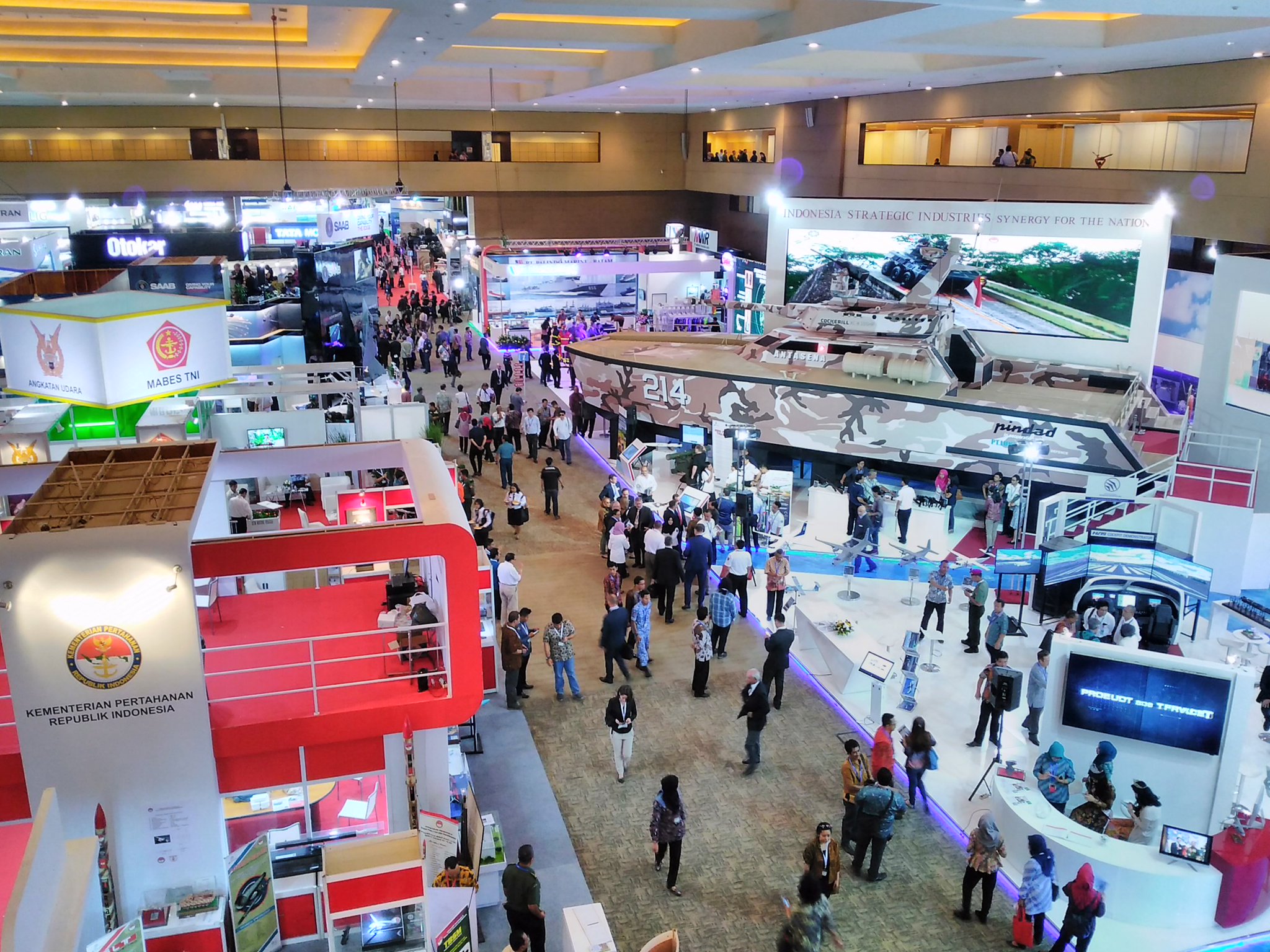 Indo Defence 2016 ☆
Indo Defence 2016 ☆Foreign defense suppliers expressed readiness on Thursday to transfer technologies to Indonesia in cooperation with local companies to meet the country’s need for major weapons systems.
The Defense Ministry has identified several acquisition programs in its second Strategic Plan (Renstra), which spans 2014 to 2019, such as the replacement of the US-made F-5 E/F Tiger II light jet fighter and more transportation aircraft to supplement the current fleet of US-made C-130 H Hercules heavy transportation aircraft.
Swedish defense company Saab said it was ready to transfer knowledge and technology should Indonesia decide to buy its light jet fighter,the Gripen C/D.
“We are ready to deliver the aircraft in 18 months after the contract is signed,” head of the Gripen program Jerker Ahlqvist told reporters at the 2016 Indo Defense Expo and Forum held at JIExpo in Kemayoran, Central Jakarta.
“Not only that, we will also be fully compliant with Law No. 16/2012 [on the defense industry] as required by the government.”
The law requires that all major weapons systems be procured domestically. If domestic companies cannot fulfill the demand, foreign suppliers have to meet a certain local content level in cooperation with local defense companies. This can be done through industrial cooperation or an offset program.
Ahlqvist pointed to an industrial cooperation with Brazil, which has ordered a total of 36 Gripens,that sees up to 350 Brazilian engineers participating in training sessions at the Saab factory in Linkoping, Sweden, to prepare for a domestic Brazilian production line.
Another competitor to replace the F-5 E/F, US defense giant Lockheed Martin, boasts a successful industrial cooperation record with state-owned aircraft maker PT Dirgantara Indonesia (DI), when Indonesia purchased the 12 F-16 A/B Block 15 OCU light jet fighter in 1989.
Indonesia received an offset scheme of 35 percent of the total purchase value with PT DI sending a number of F-16 parts to the US.
“We were satisfied with PT DI’s performance back then and we are sure PT DI will be able to do it this time around,” said Randall L. Howard, integrated fighter group director at Lockheed Martin.
Howard was referring to the US defense firm’s offer of a F-16 Viper, also known as the Block 70/72, the latest iteration of the venerable F-16, which has clocked some 17 million flight hours in more than 25 countries worldwide.
He said Lockheed Martin was involved in industrial cooperation worth US$ 45 billion for various F-16 customers.
Meanwhile, Italian defense giant Leonardo-Finmeccanica revealed that it was in talks with various parties in Indonesia on its own plan of setting up a training academy; a maintenance, repair and overhaul (MRO) unit;and the possibility of having an Indonesian assembly line, mostly for its AgustaWestland helicopter models.
“We are in talks in various companies, both private and state-owned, for the training and MRO capabilities,” said Lorenzo Pariani, head of the Southeast-Asia region of Leonardo’s helicopter division.
Leonardo’s Southeast-Asia regionhead, Bruno Bertella, said the company had been in Indonesia, in various entities, since the 1980s.
“We have identified Indonesia as one of 12 strategic markets which are important for us.We are here to stay with a long-term investment.”
Tidak ada komentar:
Posting Komentar
Catatan: Hanya anggota dari blog ini yang dapat mengirim komentar.